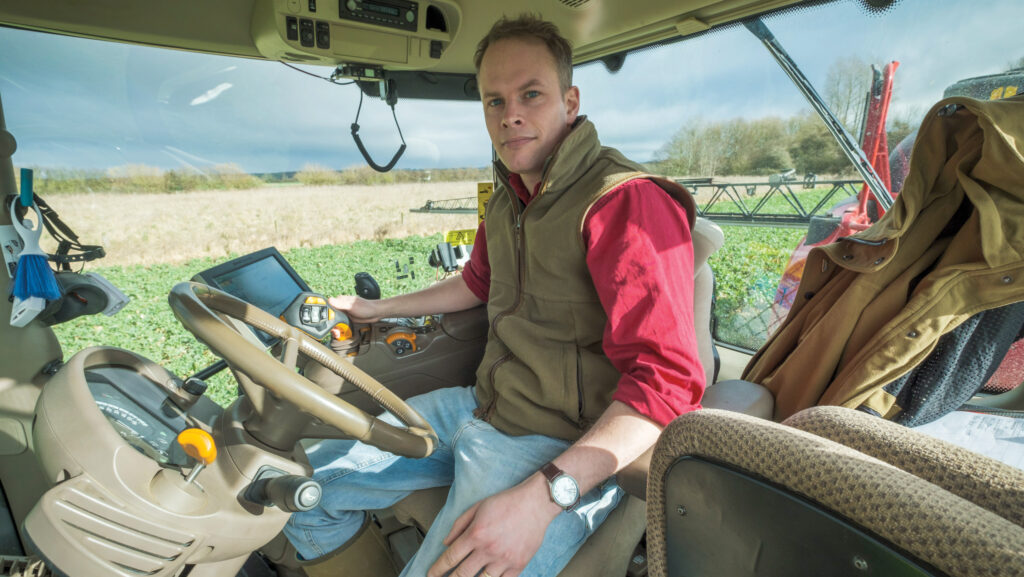Farmer Focus: Enough dry weather to drill barley and beans
 Robert Scott © Jason Bye
Robert Scott © Jason Bye We experienced a hectic end to March, with 10 days of intermittent dry weather providing us enough of a window to get all of our spring barley and spring beans planted.
This leaves just sugar beet and vining peas to complete this month.
The majority of the spring barley land, where following winter cover crops, was prepared with a shallow cultivation from our Amazone Cobra heavy duty spring tine. This livened up the surface and let it breathe a little.
See also: How two farmers are cutting back on fungicides this spring
The drill has been following about a half day behind all the time, allowing the soil to haze.
Due to the wet winter, we’ve not been disturbing headlands until the long work has been completed. We then cultivate and drill them together afterwards.
The drill of choice this spring has been our new tine drill. A 6m Amazone Cayena which arrived on farm last summer and has performed faultlessly for Andrew Woodhouse, our main drill operator.
I like a tine drill for spring work as I feel the narrower tine spacing (16cm) suits spring barley better than our big Horsch Avatar set out at 25cm rows.
The Cayena will have drilled about 400ha this spring by the time you read this, and will be due new wearing metal. We will be replacing the standard tines with Bourgault legs and removable VOS 13mm tips.
The Horsch Avatar has been out the shed briefly and direct-drilled spring beans. We drilled “on the green” into a standing cover crop on light land. Glyphosate and rolls have since terminated this.
Last autumn, we bought a second-hand trailed Horsch 5LT sprayer. It is the same spec and age as our existing one, and has been sat in the shed over winter.
The idea is that we could take the pressure off when a tractor and man was spare to put on the front. We’ve managed a week with it running in March, and what a difference having 72m of sprayer makes.
It has already proven a good investment for timely applications, especially as we use a lot of liquid fertiliser.
Planning logistics between farms, grouping recommendations and chemical supply is nothing new to us, but making sure we have enough water supply is.
We’ve found this out the hard way already.


